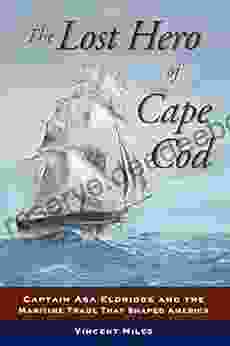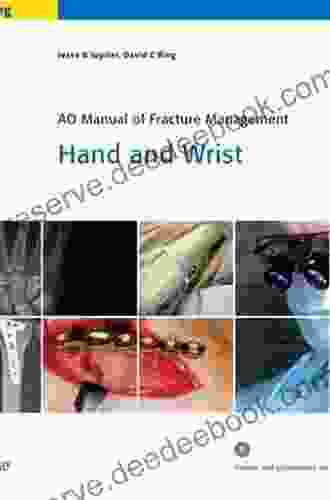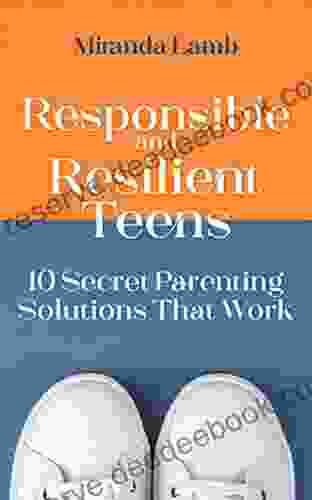Manual of Fracture Management: Comprehensive Guide to Orthopedic Care

Fractures are a common orthopedic injury that can occur due to various causes such as falls, sports injuries, and accidents. Effective fracture management is crucial for restoring bone function, preventing complications, and ensuring optimal patient outcomes. This comprehensive manual provides a detailed overview of orthopedic fracture management, covering various aspects from diagnosis to rehabilitation.
Assessment and Diagnosis
- History and Physical Examination: Gathering a patient's medical history and performing a physical examination can reveal important information about the mechanism of injury, associated symptoms, and potential complications.
- X-rays: Standard imaging modality used to visualize fractures and assess their location, severity, and alignment.
- Computed Tomography (CT) Scan: Provides cross-sectional images of the fracture, offering detailed information about bone fragments and surrounding structures.
- Magnetic Resonance Imaging (MRI): Non-invasive technique that provides detailed images of soft tissue injuries associated with fractures.
Treatment Options
- Non-operative Treatment: For stable fractures with minimal displacement, non-operative management involves immobilization with casts, braces, or splints to allow healing without surgery.
- Closed Reduction and Casting: A procedure where the fracture is manually aligned and stabilized with a cast or splint without surgical intervention.
- Open Reduction and Internal Fixation (ORIF): Surgical procedure where the fracture fragments are exposed, aligned, and fixed using plates, screws, wires, or rods.
- External Fixation: Temporary method of fracture stabilization using metal pins or screws that are attached to the bone fragments and connected to an external frame outside the body.
- Traction: A technique that uses weights and pulleys to apply continuous gentle force on the fracture, aiding in alignment and healing.
Rehabilitation and Recovery
- Immobilization and Casting: After fracture reduction, the injured area is typically immobilized with a cast or splint to provide stability and support during healing.
- Physical Therapy: Exercises and rehabilitation protocols are essential to regain range of motion, strength, and function in the affected limb.
- Occupational Therapy: For fractures involving the hands or upper extremities, occupational therapy focuses on restoring fine motor skills and functional abilities.
- Pain Management: Medications such as nonsteroidal anti-inflammatory drugs (NSAIDs) or opioids may be prescribed to control pain and discomfort.
- Infection Control: Proper wound care and monitoring for infection are crucial to prevent complications during the healing process.
Complications and Management
- Malunion: Improper healing of a fracture, resulting in misalignment or deformity.
- Nonunion: Failure of a fracture to heal within the expected time frame, leading to persistent pain and instability.
- Infection: Bacterial or viral infection at the fracture site, which can delay healing and cause serious complications.
- Compartment Syndrome: Increased pressure within a muscle compartment, which can damage nerves and blood vessels.
- Deep Vein Thrombosis (DVT): Formation of blood clots in the deep veins of the leg, which can be life-threatening if they travel to the lungs.
Effective fracture management requires a comprehensive approach that involves accurate diagnosis, appropriate treatment, meticulous rehabilitation, and vigilant monitoring. By following the principles outlined in this manual, healthcare professionals can optimize patient outcomes, minimize complications, and restore optimal function after a fracture injury. Continuous research and advancements in orthopedic techniques will further enhance fracture management strategies in the future.
4.1 out of 5
| Language | : | English |
| File size | : | 99705 KB |
| Text-to-Speech | : | Enabled |
| Screen Reader | : | Supported |
| Enhanced typesetting | : | Enabled |
| Print length | : | 568 pages |
4.1 out of 5
| Language | : | English |
| File size | : | 99705 KB |
| Text-to-Speech | : | Enabled |
| Screen Reader | : | Supported |
| Enhanced typesetting | : | Enabled |
| Print length | : | 568 pages |
Do you want to contribute by writing guest posts on this blog?
Please contact us and send us a resume of previous articles that you have written.
 Book
Book Novel
Novel Text
Text Reader
Reader Library
Library E-book
E-book Newspaper
Newspaper Sentence
Sentence Shelf
Shelf Glossary
Glossary Bibliography
Bibliography Preface
Preface Synopsis
Synopsis Footnote
Footnote Manuscript
Manuscript Scroll
Scroll Codex
Codex Tome
Tome Bestseller
Bestseller Library card
Library card Encyclopedia
Encyclopedia Thesaurus
Thesaurus Character
Character Borrowing
Borrowing Archives
Archives Periodicals
Periodicals Study
Study Lending
Lending Reserve
Reserve Academic
Academic Journals
Journals Rare Books
Rare Books Special Collections
Special Collections Thesis
Thesis Dissertation
Dissertation Storytelling
Storytelling Awards
Awards Reading List
Reading List Theory
Theory Textbooks
Textbooks James R Lehning
James R Lehning Anna Kemp
Anna Kemp Chris Hardy
Chris Hardy Larry Rochelle
Larry Rochelle Marilee David
Marilee David Jacquie Jerrard
Jacquie Jerrard Vincent Mcdonnell
Vincent Mcdonnell Lawrence Freedman
Lawrence Freedman Jess Whiteman
Jess Whiteman Marcia Baczynski
Marcia Baczynski M C Bishop
M C Bishop Ruth Bender
Ruth Bender Melanie Mason
Melanie Mason Dennis Mcgrath
Dennis Mcgrath Jesse Weaver Shipley
Jesse Weaver Shipley Barrett Tillman
Barrett Tillman Suzanne Mcneill
Suzanne Mcneill Adnan Masood
Adnan Masood Patrizio Kroyani
Patrizio Kroyani Norman Lewis
Norman Lewis
Light bulbAdvertise smarter! Our strategic ad space ensures maximum exposure. Reserve your spot today!

 Clark CampbellThe Lost Hero of Cape Cod: Unveiling the Extraordinary Life of Captain James...
Clark CampbellThe Lost Hero of Cape Cod: Unveiling the Extraordinary Life of Captain James...
 Richard Wright10 Terrific Shakespeare Monologues For Young Women That Will Showcase Your...
Richard Wright10 Terrific Shakespeare Monologues For Young Women That Will Showcase Your... Bryce FosterFollow ·5.6k
Bryce FosterFollow ·5.6k Bob CooperFollow ·11k
Bob CooperFollow ·11k Roald DahlFollow ·12.9k
Roald DahlFollow ·12.9k Elmer PowellFollow ·19.2k
Elmer PowellFollow ·19.2k Griffin MitchellFollow ·14.3k
Griffin MitchellFollow ·14.3k Alexandre DumasFollow ·7.1k
Alexandre DumasFollow ·7.1k David MitchellFollow ·5.9k
David MitchellFollow ·5.9k Junichiro TanizakiFollow ·7.7k
Junichiro TanizakiFollow ·7.7k

 Barry Bryant
Barry BryantAn Immersive Exploration into the World of Big Note Sheet...
: Embarking on a Musical Odyssey The pursuit...

 Corey Green
Corey GreenPolitics And The Street In Democratic Athens
The streets of democratic Athens...

 Ian McEwan
Ian McEwanThe Extraordinary Life of Fifth Officer Harold Lowe: From...
Harold Godfrey Lowe (21...

 Zachary Cox
Zachary CoxDiscover Jay Town: A Place Where High Fives and Community...
Nestled amidst rolling hills and...

 Oscar Wilde
Oscar WildeThe Kishangarh School Of Indian Art: True Sense And...
Amidst the diverse tapestry of Indian art,...

 Michael Simmons
Michael SimmonsCuban Flute Style Interpretation and Improvisation: A...
The Cuban flute style is a...
4.1 out of 5
| Language | : | English |
| File size | : | 99705 KB |
| Text-to-Speech | : | Enabled |
| Screen Reader | : | Supported |
| Enhanced typesetting | : | Enabled |
| Print length | : | 568 pages |








